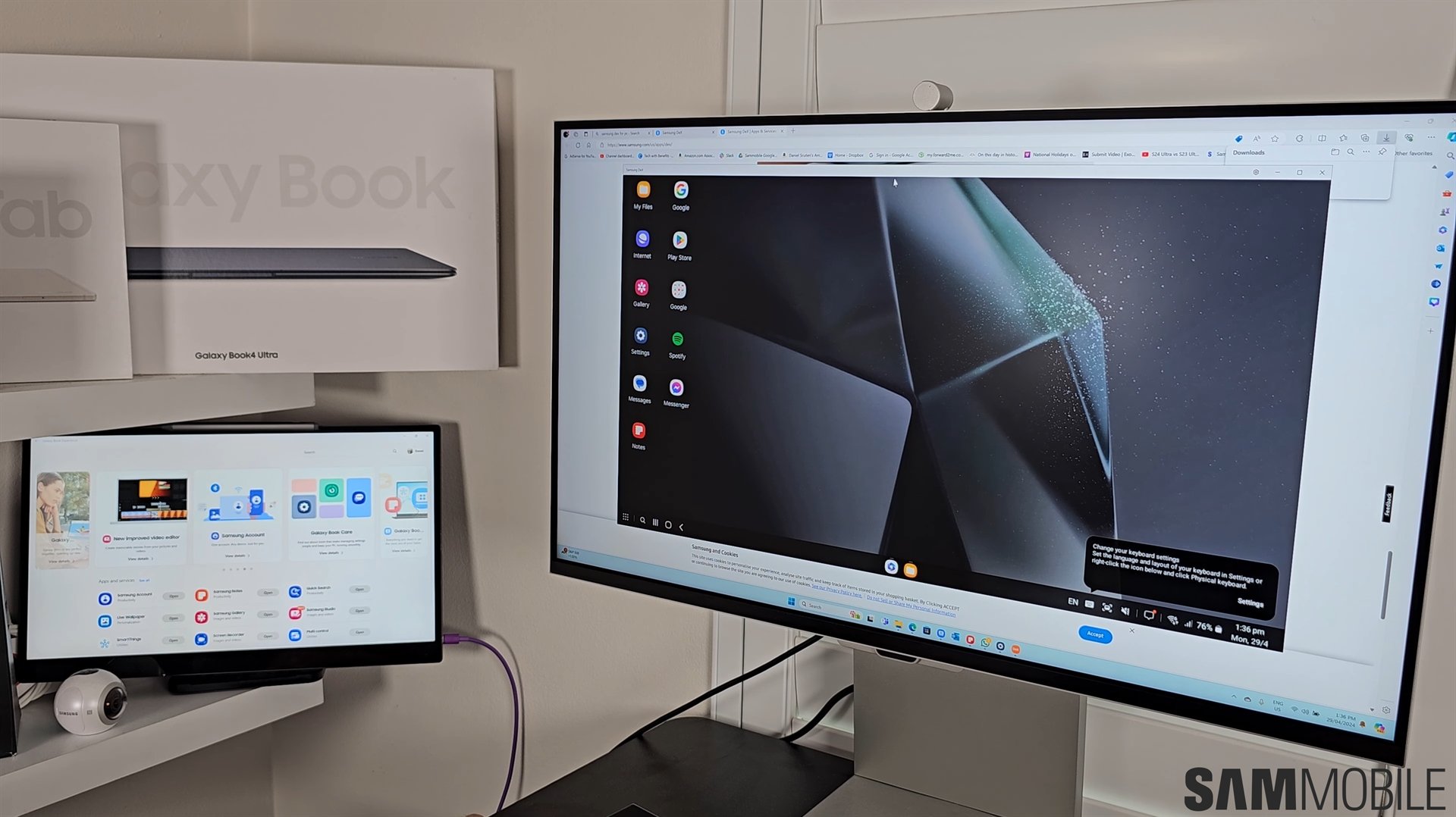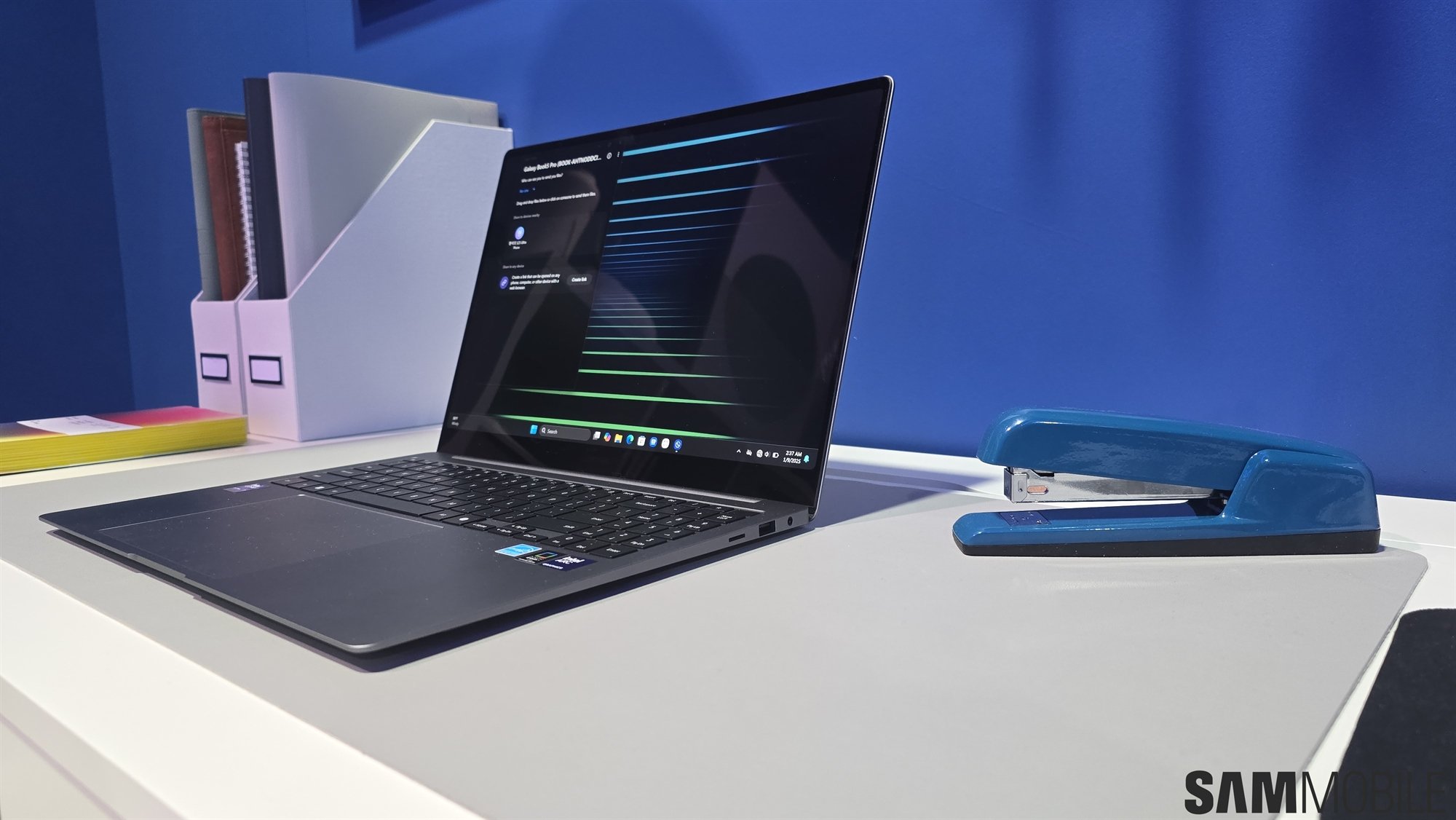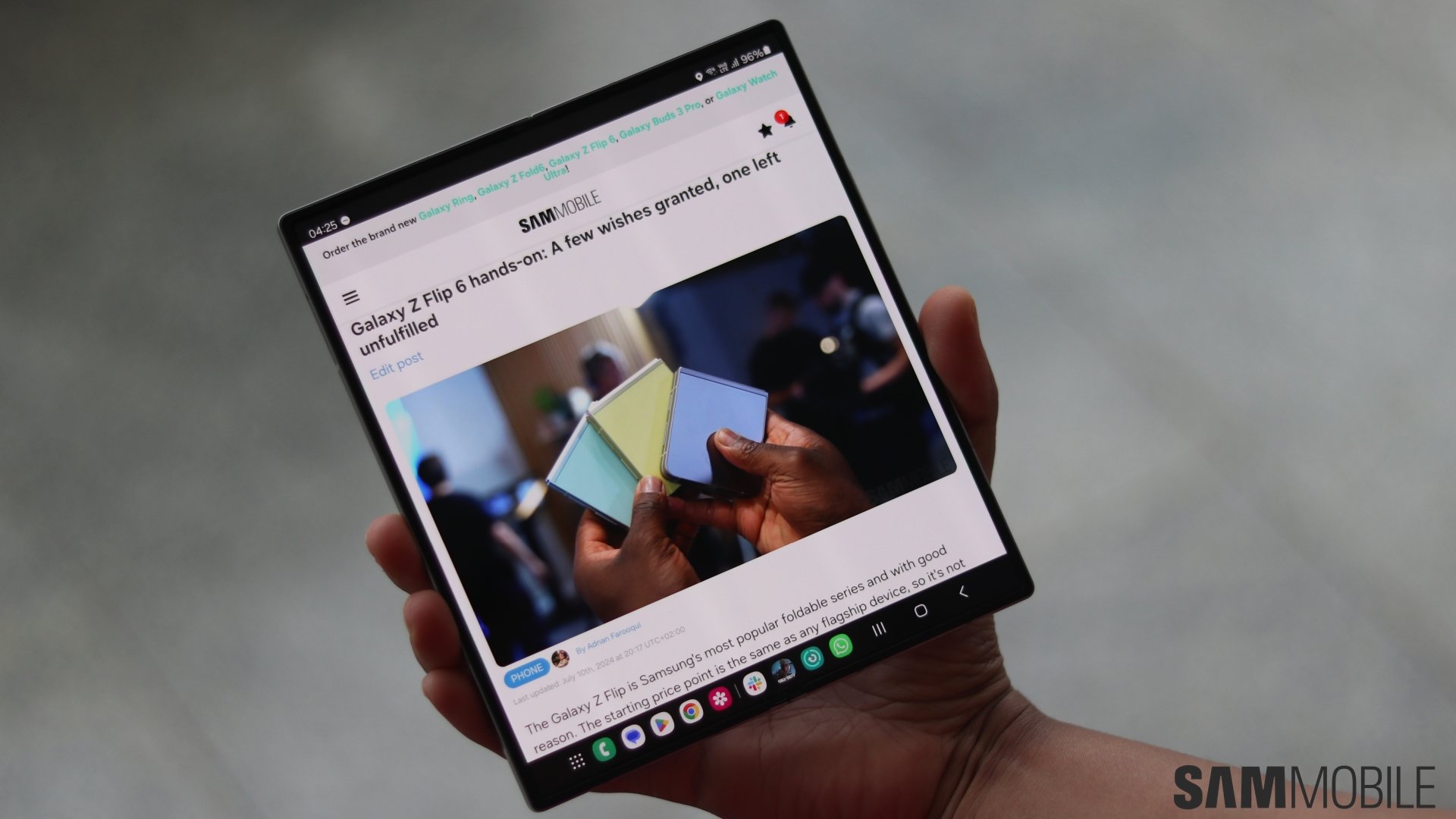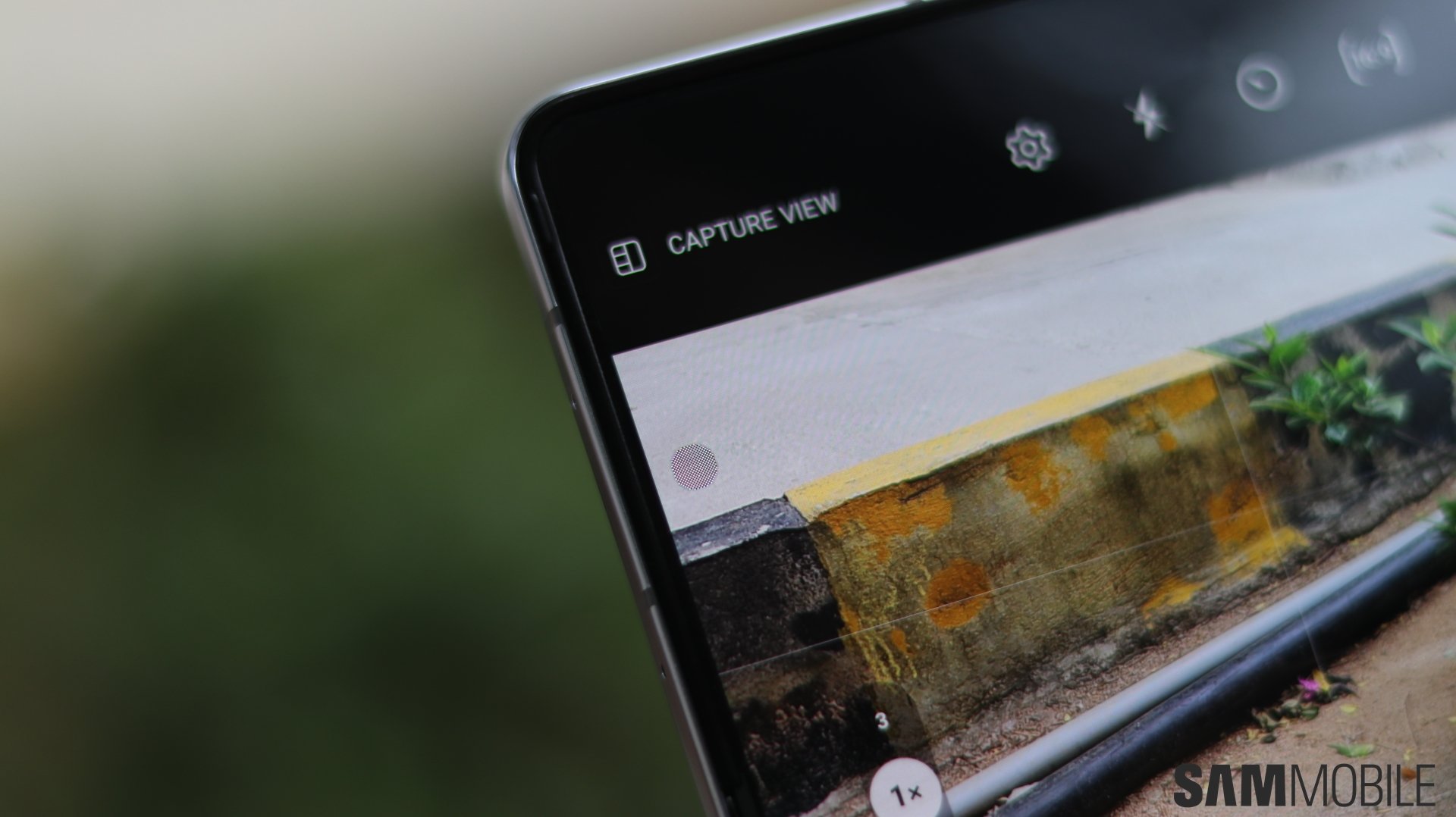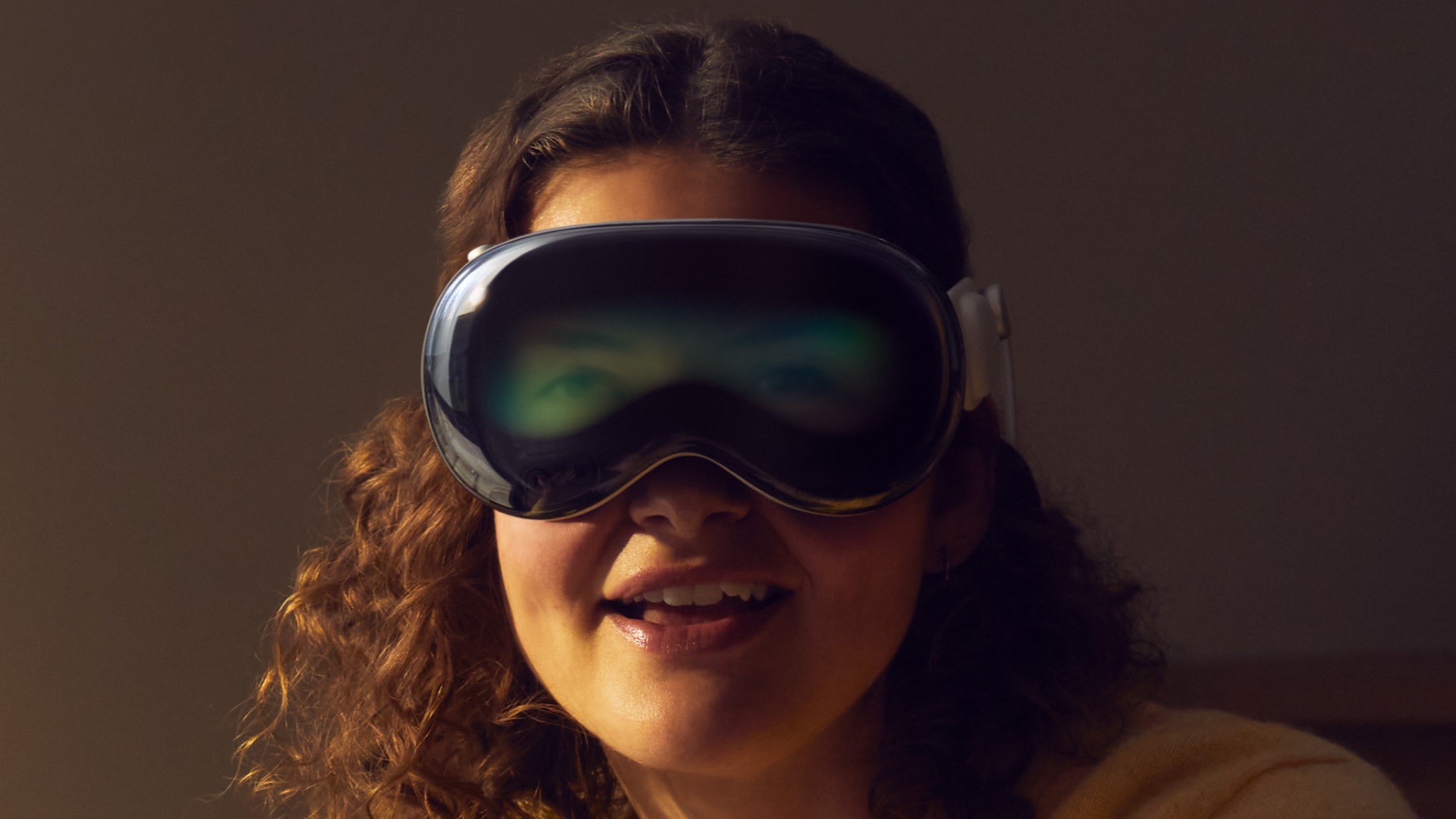
Since then, Apple has given hints that it feels AR/MR have a better use case. There were plenty of rumors about the company's headset as well. Apple kept up the media feeding frenzy to keep people guessing. It finally ended speculation this week by unveiling the Apple Vision Pro headset, even though Apple actually calls it a “spatial computer.” It feels, looks and works like a headset, so why not just call it that?
It works in a way that's not going to be unfamiliar for people who already use Apple products. Common apps like Photos, Movies, and Safari are essentially projected on giant screens, and users interact with them using their eyes, hands, and voice. Entertainment and gaming content is projected on a screen that feels 100 feet wide. It does come with some interesting features too, such as the ability to capture 3D photos and videos, customizable VR immersion, and video passthrough.
All of this can be yours for $3,500. To put that in perspective, you can just about buy two Galaxy Z Fold 4s for this price. It's safe to say that at this price point, the Apple Vision Pro is out of the reach of most average customers, even loyal Apple fans, since that's a lot of money, particularly in this economy. However, as has been the case with Apple products, we may see some of these features trickle down into a more affordable headset in a few years.
The Apple Vision Pro does have potential, particularly for industrial and commercial use cases, but it's likely not going to have the same impact as Apple's other marquee products like the iPhone and Apple Watch. Both have left a lasting impression on their respective segments. A mixed reality headset isn't nearly as groundbreaking, and that's why it doesn't amount to more than a fancy accessory.
It's no replacement for a smartphone or a conventional computer for that matter, since it can't be used to get serious work done. It's not that portable and certainly won't fit in your pocket, so you can't really whip it out that fast. The headset probably won't withstand falls as well as your phone can, so if you drop it, you're potentially looking at a $3,500 loss. It may be a good device for entertainment but it won't replace your TV, especially if you enjoy watching content with your friends and loved ones.
The Apple Vision Pro doesn't enable you to share the experience with others unless they have one too, which is long shot, since not everyone in your family or social circle is likely to get it. The pre-requisite for the ability to have shared experiences means that the use cases will largely be solo, and that's not really going to be all that fun.
It will certainly have its moments, watching live sports on it would be fun, but one can expect the novelty to wear off soon enough. There's an overall lack of development and interest in the virtual reality space from content studios and while Apple can utilize its content division to bridge that gap, the limitation is still going to be felt.
Apple's shareholders were probably thinking along the same lines because as the Vision Pro was being announced, the stock didn't go up. On the contrary, it declined, as investors were clearly not too excited about the limited availability and high price. In the past we've seen significant hikes in the stock price when investors love the new products Apple unveils. That didn't happen this time around.
It's likely going to take a few years before a clearer picture emerges of where the Vision Pro fits in Apple's arsenal. There's no denying that Apple has done a better job of creating a mixed reality headset than the others who have tried so far. The UX is miles ahead of the competition, but that was to be expected from Apple. As for whether its as revolutionary as some of its earlier products, the answer is a resounding no.
Will it end up being a case of unfulfilled potential like the Google Glass? That device could have ended up being a worthy accessory for smartphones, if not replacing them entirely, but Google ultimately decided not to pursue the idea. Apple may have charted a clear path to making the Vision Pro, or its descendants, a mass-market product.
We'll just have to wait and see if it works out that way. For now, it's nothing more than a glorified accessory.














